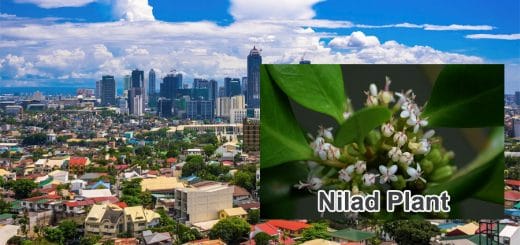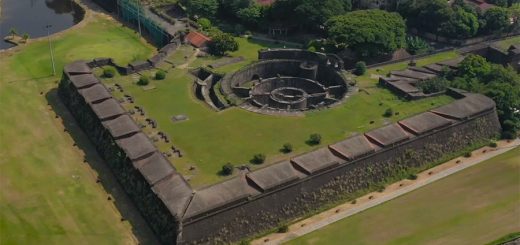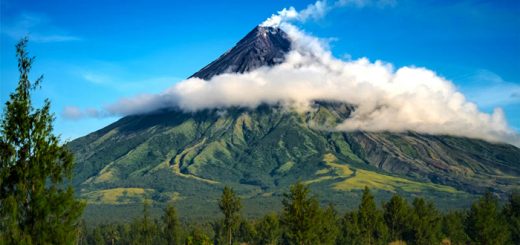Batanes
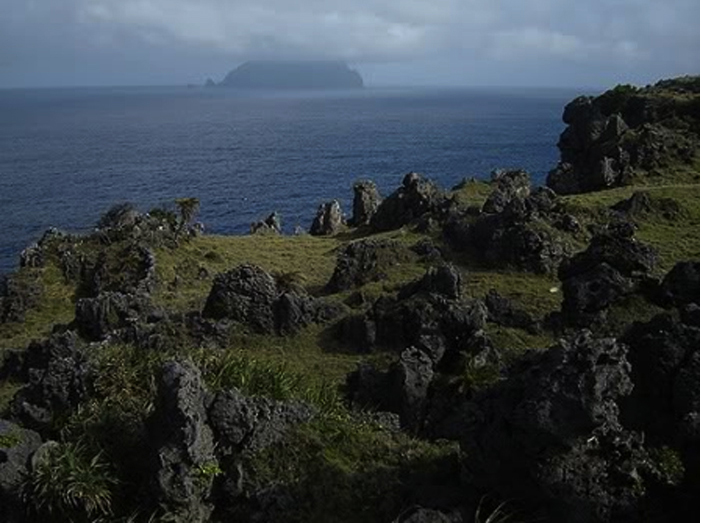
Batanes is an archipelago province in the Philippines situated in the Cagayan Valley region. It is the northernmost province in the country, and also the smallest, both in population and land area. Its small area limits its land based resources but its vast territorial waters teem with migratory, deep sea fish.
History of the Batanes Islands
Early Batanes. A powerful chief called Mangpus whose authority was supreme and absolute ruled the islands. . He exacted revenues, administered justice, and armed the whole town to avenge the injury of the inhabitants. Mapolons are subordinate officials who exercised the same duties, rights and privileges in his particular district.
When the rule under the governorship was established in the lowlands during the Spanish Inquisition, the natives came down from the mountains to accustom themselves to the new methods of government that put a stop on the old system of independent chiefs.
Spanish Period
As early as 1686 and 1719, the Spaniards sent Dominican friars on expedition to the Batanes islands. By 1773, the local natives, the Ivatans, consented to become subjects of the King of Spain. It was named Provincia de la Concepcion with Joseph Huelva y Melgarjo as its first governor. However, formal annexation of Batanes to the Spanish Colonial State became official only on June 26, 1783 under Governor Jose Basco y Vargas. This was over two centuries after the formal colonization of the Philippines by Miguel Lopez de Legaspi in 1565. It was the last territory added to the Philippines.
The Spaniards, in order to carry out their evangelization mission, decreed in Rule No. 52 that no house should be built more than half of a league or 2,786 meters from the nearest church. It was Don Miguel de Amo who chose the sites for the principal towns in Batan island. He was also the one who gave the town’s names. Santo Domingo de Basco was named in memory of the late Governor Basco. The other towns were named after various patron saints San Carlos Borromeo in the town of Mahatao, San Jose El Obrero in Ivana, and San Antonio in Uyugan.
The Batanes Islands remained under the Spanish rule until September 17, 1898 when the Ivatan Katipunan won a glorious victory and it became independent within the Philippine Republic. This independence was short-lived, though, as American control over the archipelago was established in 1900.
Towns in Batanes were founded starting from Basco (1784), Ivana (1784), Mahatao (1796), all of Batan Island. Sabtang (1845) and Santa Maria de Mayan (1855), Itbayat followed.
American Period
American influence in Batanes covers the period from 1900 to 1946 with a significant Japanese occupation on December 8, 1941. This was the time of the Second World War. Batanes Islands was the site of the first Japanese landing in the Philippines. It coincided with the Pearl Harbor attack in Hawaii.
The inclusion of the Batanes as part of the Philippines was only effected in the 1935 Philippine Constitution with the addition of the clause in the article on national territory: “all territory over which the present Government [1935 Commonwealth of the Philippines] of the Philippines exercises jurisdiction.”
The Ivatans were able to re-establish the Commonwealth of the Philippines in Sabtang from April 25 to May 18, 1945. They declared a Commonwealth of Sabtang and raised the Philippine flag, permanently signaling the end of the Japanese Occupation and American regime.
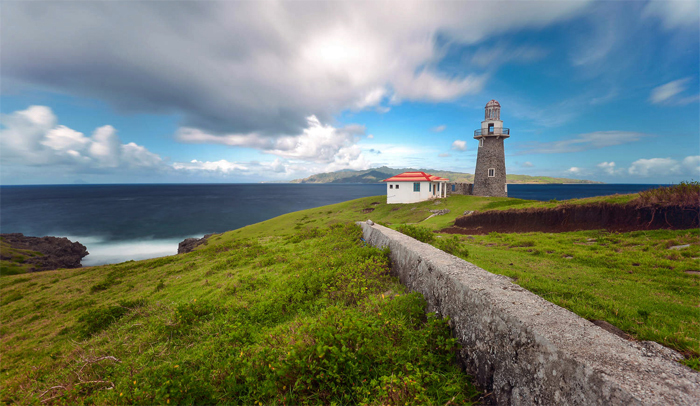
TAYID LIGHTHOUSE. Spectacular view of the Pacific Ocean, parts of Batan Island and China Sea can be viewed from here.
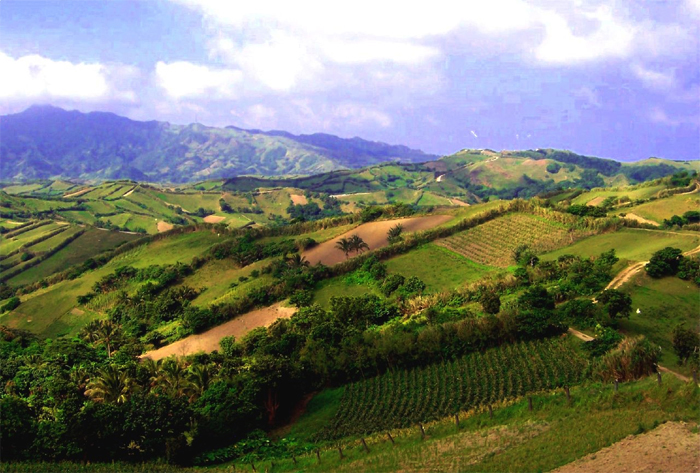
Batanes Hills
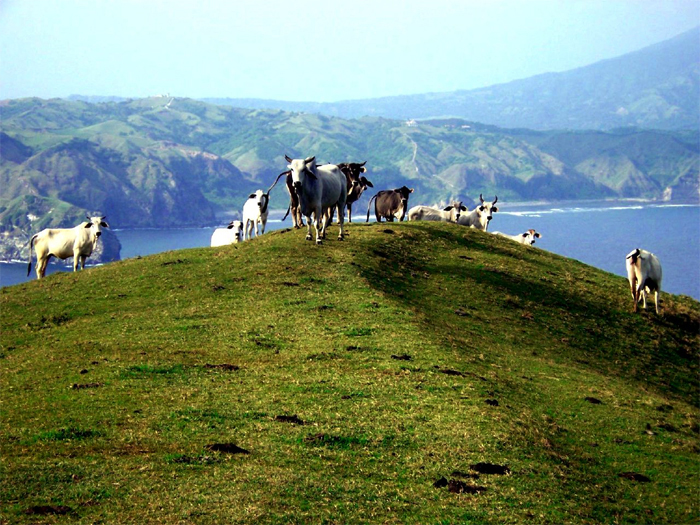
Livestock freely roaming in the green hills in Batanes.
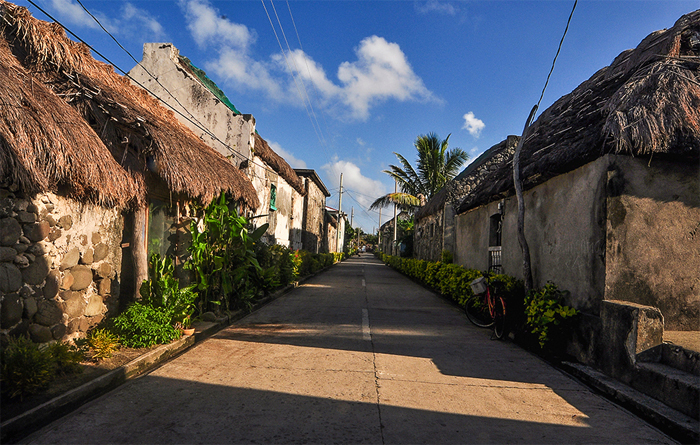
Savidug Village is one of the old villages in Batanes.

National Road Mahatao Batanes Biking
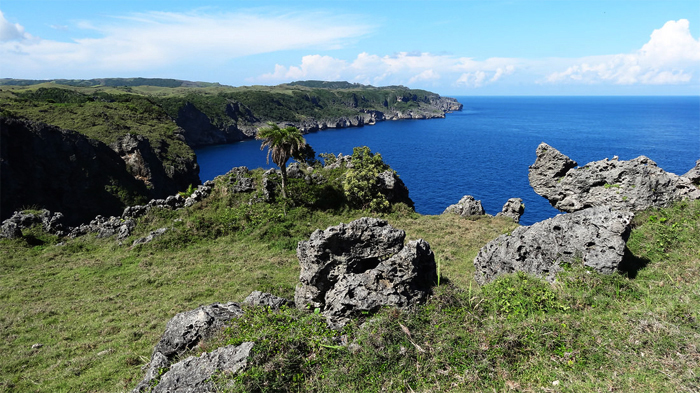
Gateway for our Austronesian ancestors to enter Batanes. An uphill trail beside the cave will lead you to a spot where 90’s kids will be reminded of Westlife’s “My Love” music video.
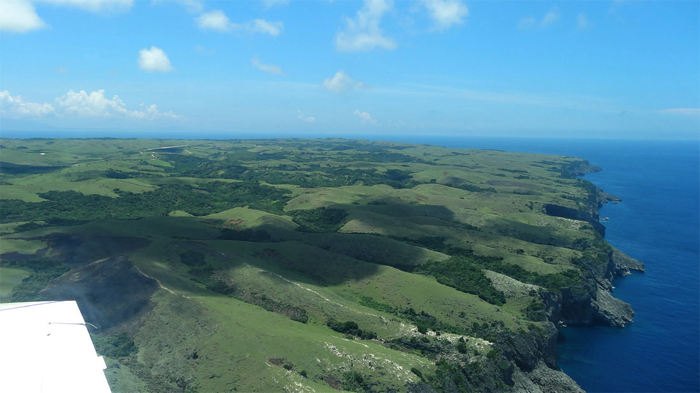
Itbayat Batanes Aerial View

Itbayat Island, Batanes, Chala head chala 🙂 wew somehow it reminds me of dragon ball!
References:
Hornedo, Florentino H. The Traditional Ivatan House: A Historical Survey. Vol. 16 No. 2 of UST Journal of Graduate Thesis. March 1987.
Cesar A. Hidalgo, “The Making of the Ivatans The Cultural History of Batanes” Cognita TRC, Pasig, Manila, 1996

